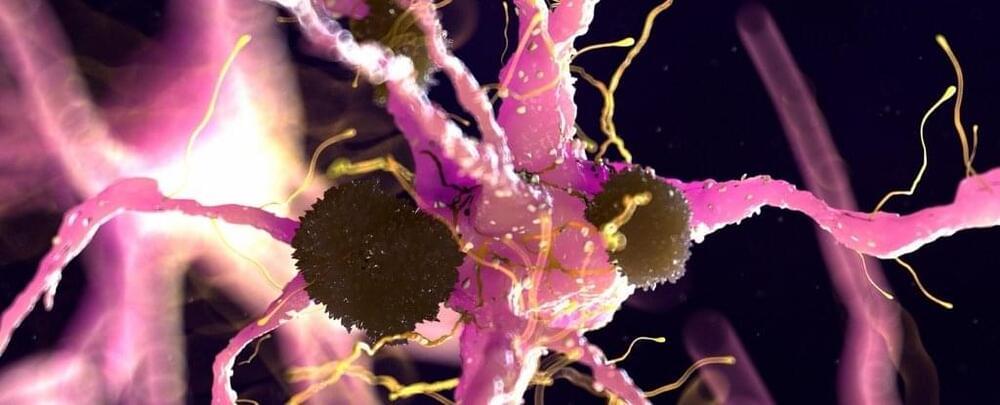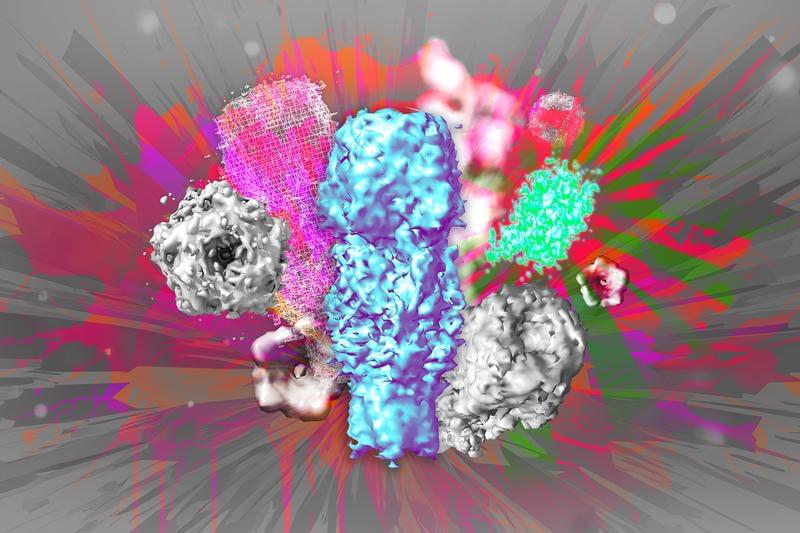The US Department of Justice (DoJ) has submitted a new “Proposed Remedy Framework” to correct Google’s violation of antitrust antitrust laws in the country (h/t Mishaal Rahman). This framework seeks to remedy the harm caused by Google’s search distribution and revenue sharing, generation and display for search results, advertising scale and monetization, and accumulation and use of data.
The most drastic of the proposed solutions includes preventing Google from using its products, such as Chrome, Play, and Android, to advantage Google Search and related products. Other solutions include allowing websites to opt-out of training or appearing in Google-owned AI products, such as in AI Overviews in Google Search.
Google responded to this by asserting that “DOJ’s radical and sweeping proposals risk hurting consumers, businesses, and developers.” While the company intends to respond in detail to DoJ’s final proposals, it says that the DoJ is “already signaling requests that go far beyond the specific legal issues in this case.”








